The dramatic landscapes are characterised by limestone boulders, coral reefs, mangrove forests, lagoons, beaches, and willow swamp forests. UNESCO has recognised the archipelago as a World Biosphere Reserve.
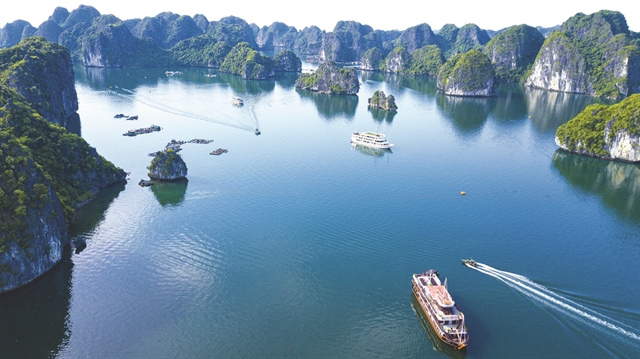
The aerial view of Cát Bà Archipelago. The tourist magnet offers diverse wildlife, scenic hiking trails, and relaxing beaches. VNA/VNS Photo Minh Đức
With 367 islands, more than 300 beaches, and a diverse and rich ecosystem, Cát Bà Archipelago in Cát Hải District, Hải Phòng City, is an attractive destination to both domestic and foreign tourists all year round.
The dramatic landscapes are characterised by limestone cliffs, coral reefs, lagoons, beaches, and mangrove forests. In 2004 UNESCO recognised the archipelago as a World Biosphere Reserve.
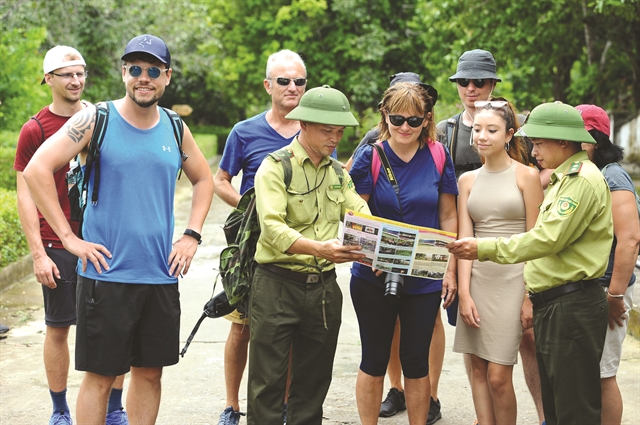
International tourists are introduced about the nature conservation by forest rangers on Cát Bà Island. — VNA/VNS Photo Minh Đức
Cát Bà has been included in the bucket list of many nature-lovers who wish to explore its variety of natural ecosystems. Particularly, Cát Bà National Park has 4,500 hectares of primeval forest, providing habitat for many rare flora and fauna as well as animals that have been listed in the Red Book of Việt Nam such as langurs, black squirrels or Chittagong wood.
To those keen on exploring bays, islands and caves, they could take one of the many cruise ships sailing along Lan Hạ Bay and you may even be welcomed by the monkeys, 'hospitable' residents of Cá Dứa Island that is dubbed as 'Monkey Island'.
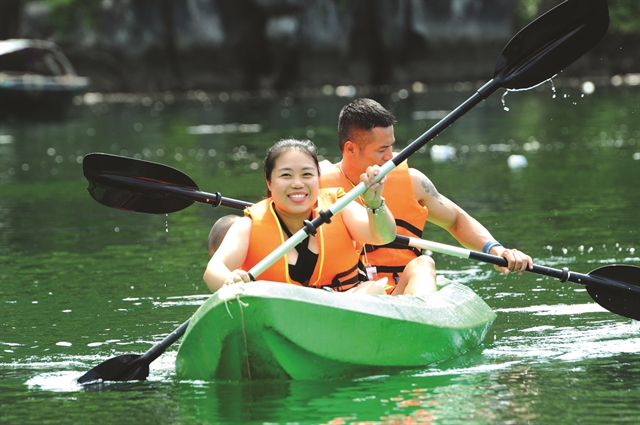
Tourists explore Cát Bà Archipelago on kayaks. — VNA/VNS Photo Minh Đức
They could also kayak to explore Sáng (Light) Cave and Tối (Dark) Cave or scuba dive to get immersed in the colourful world of corals.
One of the most popular tourism activities in Lan Hạ Bay is rock climbing, a thrilling experience that is popular abroad but still quite rare in Việt Nam.
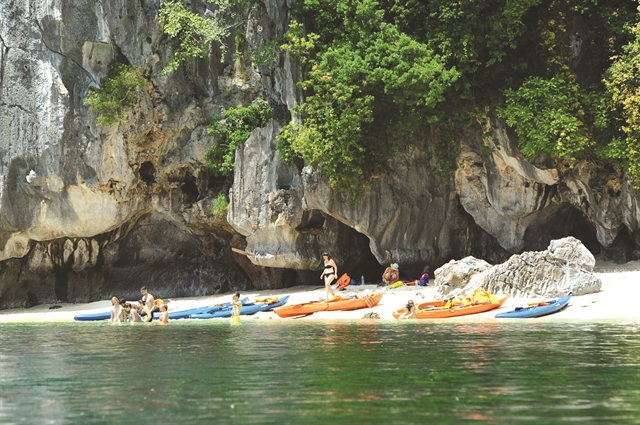
Cát Bà has been included in the bucket list of many nature lovers who wish to explore its variety of natural ecosystems.— VNA/VNS Photo Minh Đức
Endowed with diverse and rich ecological resources, trekking has also thrived and attracted many tourists, especially young ones, to Cát Bà. The routes that they favour are mainly those passing low mountain terrain or valleys with beautiful, unspoiled natural landscapes and cultural-historical heritage sites like Quân Y Cave or Trung Trang Cave.
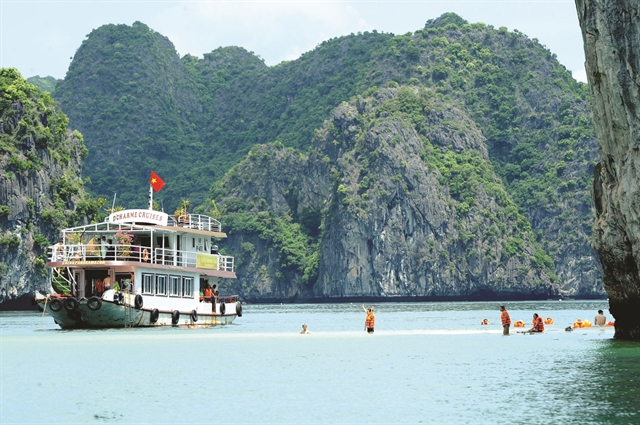
Tourists take a cruise ship to explore bays, islands and caves within Cát Bà Archipelago. — VNA/VNS Photo Minh Đức
In order to protect and properly exploit the natural resources of the archipelago, the Hải Phòng authority is making a dossier seeking UNESCO’s recognition of Hạ Long Bay-Cát Bà Archipelago as a World Heritage site. VNS